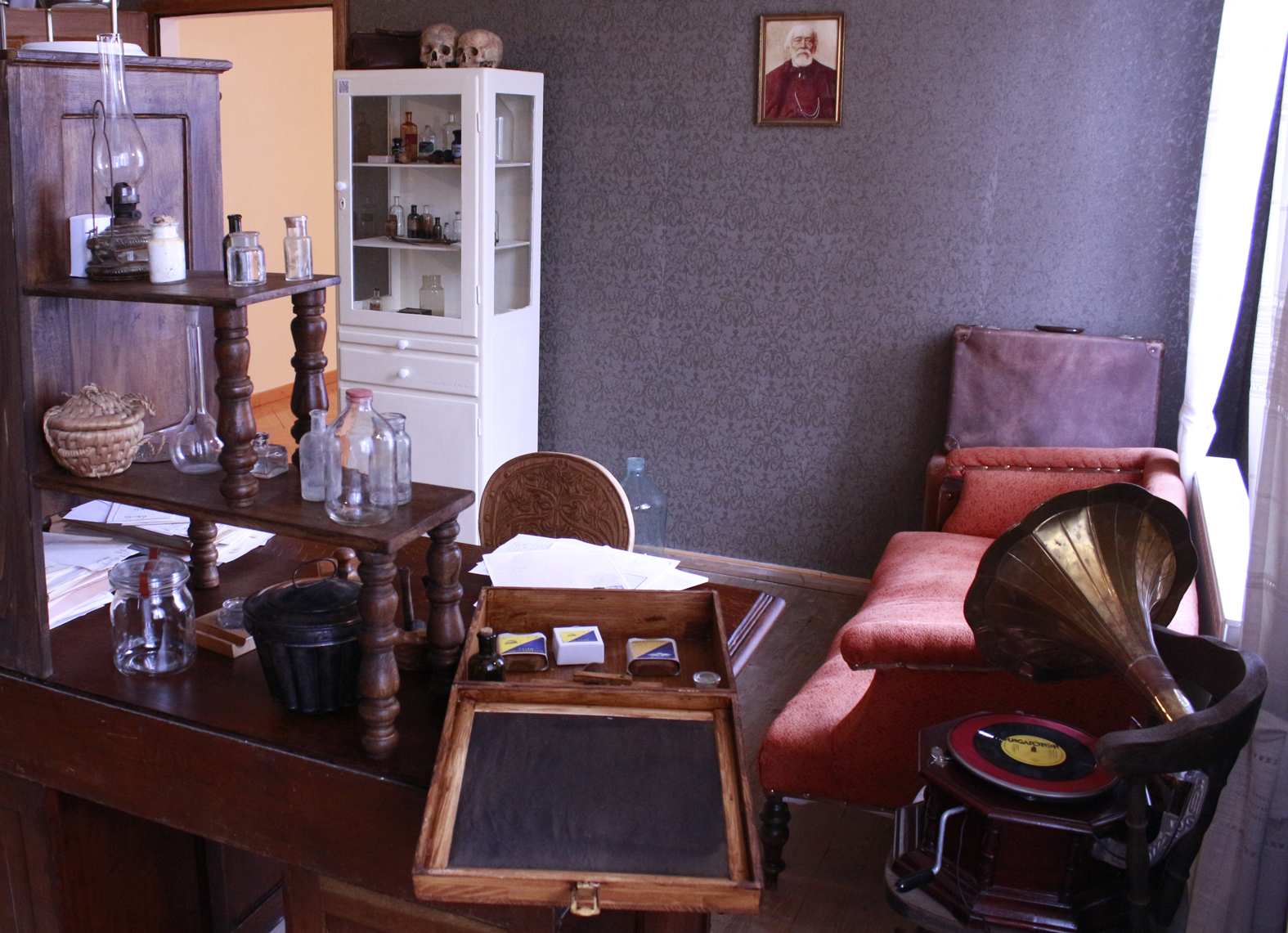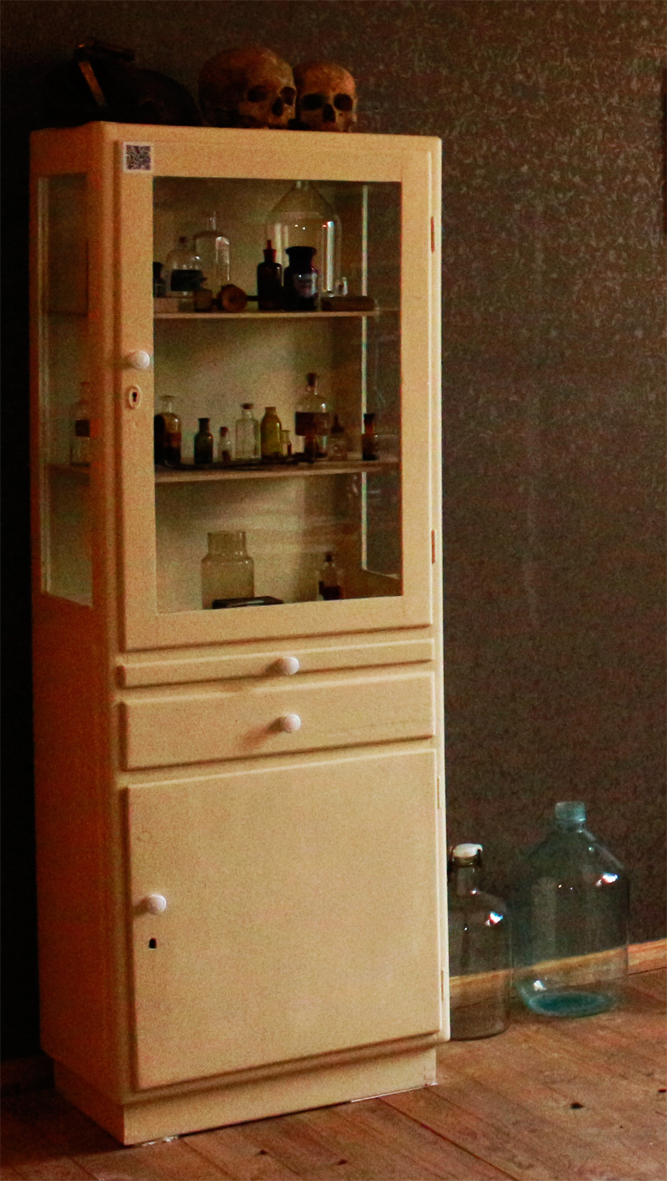The inquisitive human brain tries to find out the causes of the diseases and feels ashamed if he is unable to define the causes. (András Jósa)
András Jósa was born in Nagyvárad in 1834 as an only son among five children of a family of a lawyer faithful to the Austrian emperor. Following the traditions of his time he studied law at first and then joined the Agricultural Academy at Magyaróvár. As a boy he loved drilling and carving and when he was in the sixth grade he acquired the craft of cabinet making from a turner working for the Vienna court. He embarked on the career of a physician by accident. His daughter, Jolán remembered this story in the following way: „Due to excessive work on turning, he developed an abscess which was operated by a country leech who misused his instruments. After half a year Jósa was transported half-dead to Pest where he was confined to bed in the Palatine Hotel in Váci street for another eleven months. On the occasion of his forty-third operation a big needle and a piece of wax were removed from his body, the instruments of the first leech „forgotten” in his body. While being forced to walk on crutches for the following half a year, he gradually came to the decision, which perhaps had long been hidden in him, that he would follow his grandfather’s footsteps. The clumsiness of a doctor decided the fate that he was to follow until his death. ’I will also be a doctor, perhaps I will help my fellow human beings with less maltreatment to the world beyond.”
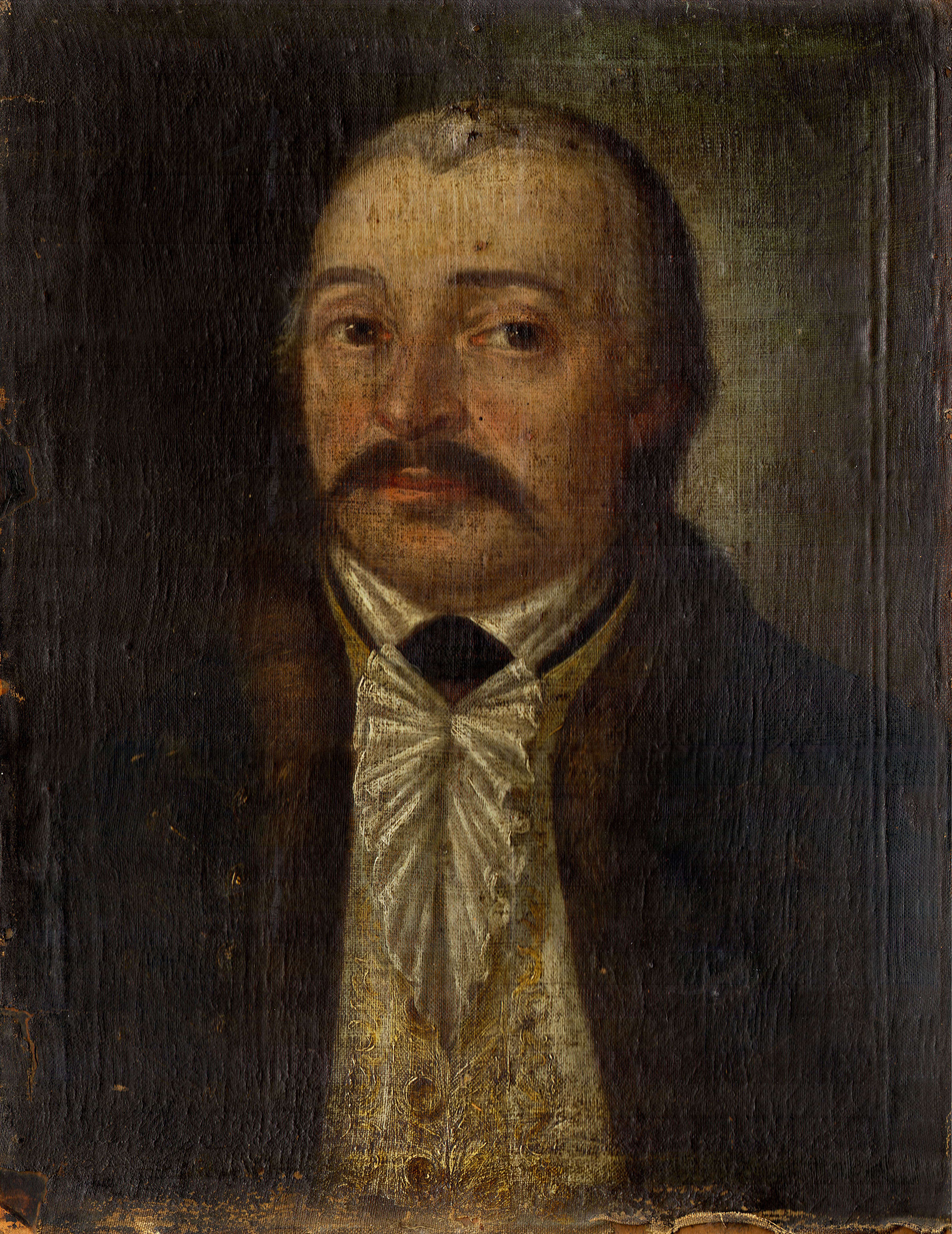
The Council of Governor-General ordered the employment of graduate doctors in the counties in 1768. Until the beginning of the 19th century the only doctor graduating from a medical university was István Jósa in the territory of the Great Plain. He first worked in Békés and from 1787 in Szabolcs County.
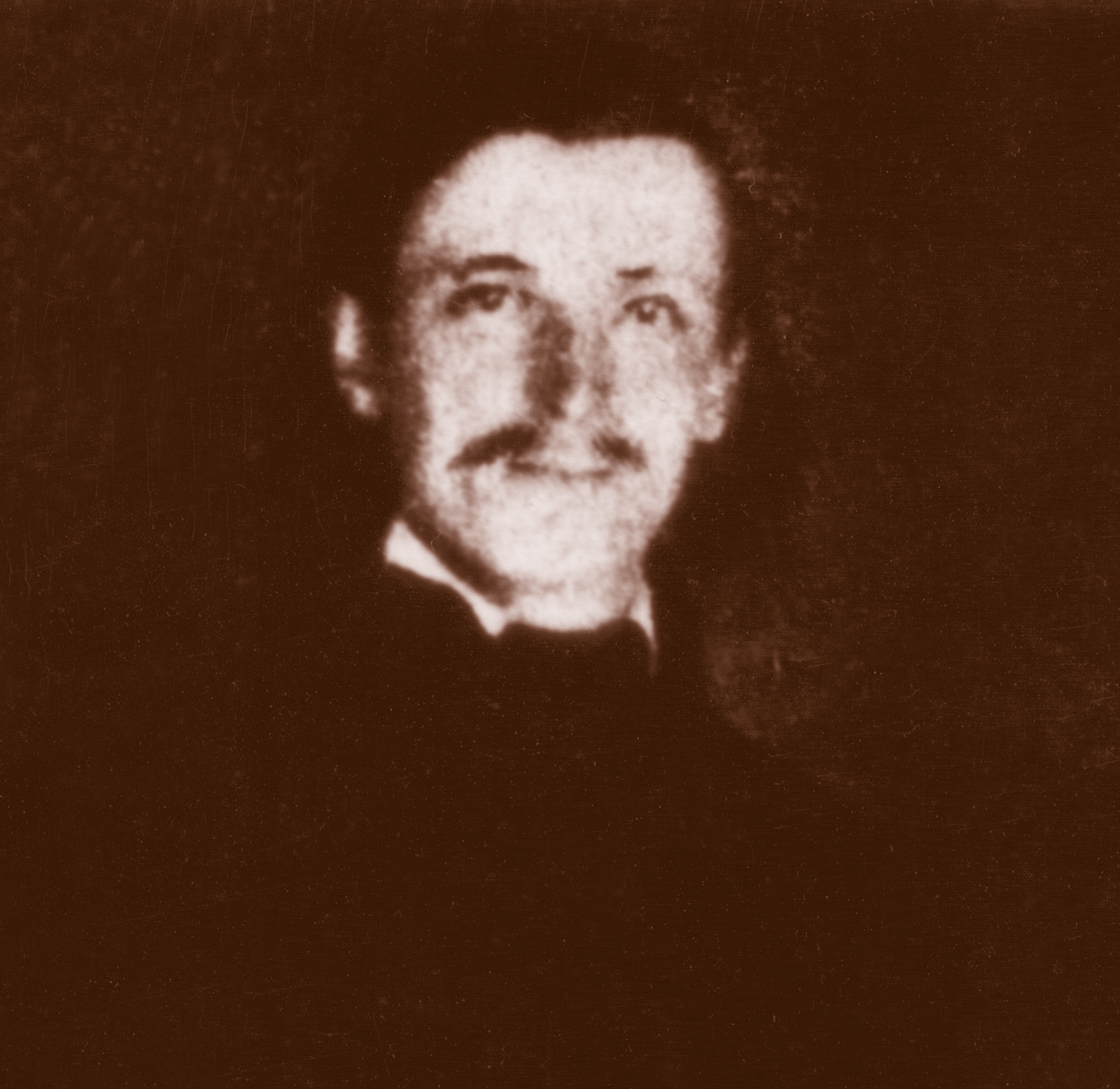
At the Medical Faculty in Vienna he could learn from the giants of the contemporary medical science. His professors were the anatomist, pathologist Josef Hyrtl (1810‒1894), the physiologist Ernst Wilhelm Ritter von Brücke (1819‒1892), the pathologist Karl von Rokitansky (1804‒1878) the pathologist Rudolf Virchow, (1821‒1902) and the clinical internist Josef Škoda (1805‒1881).
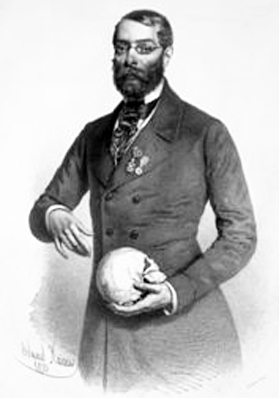

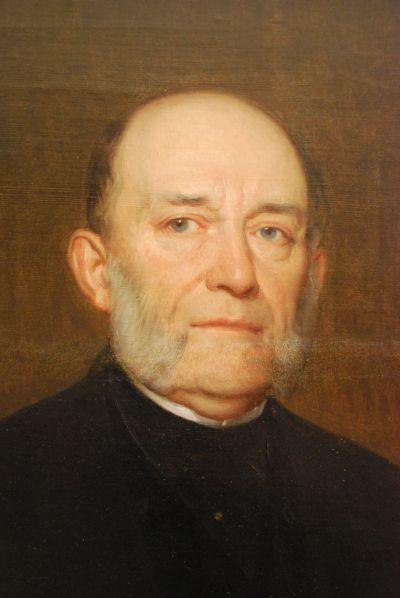
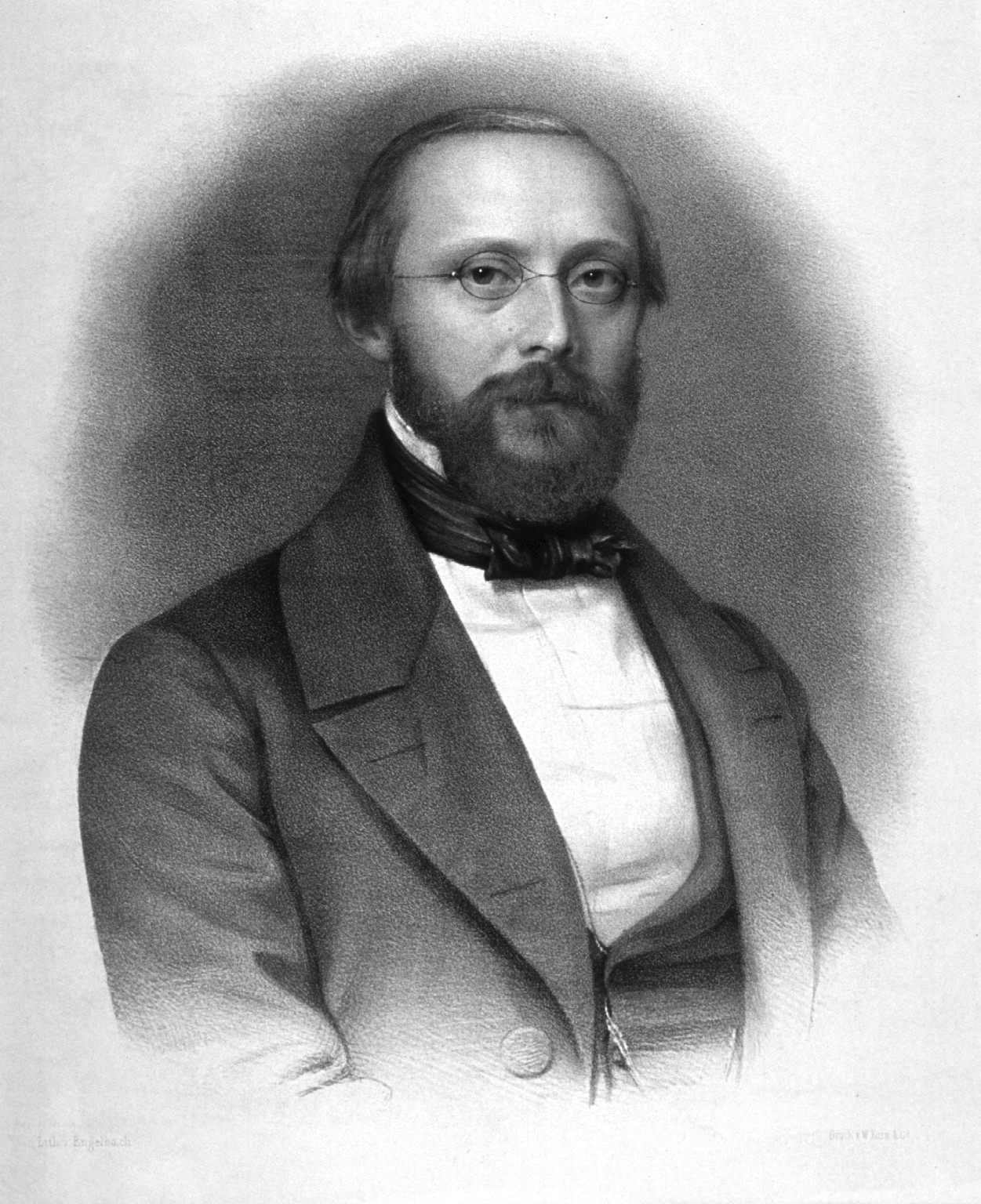
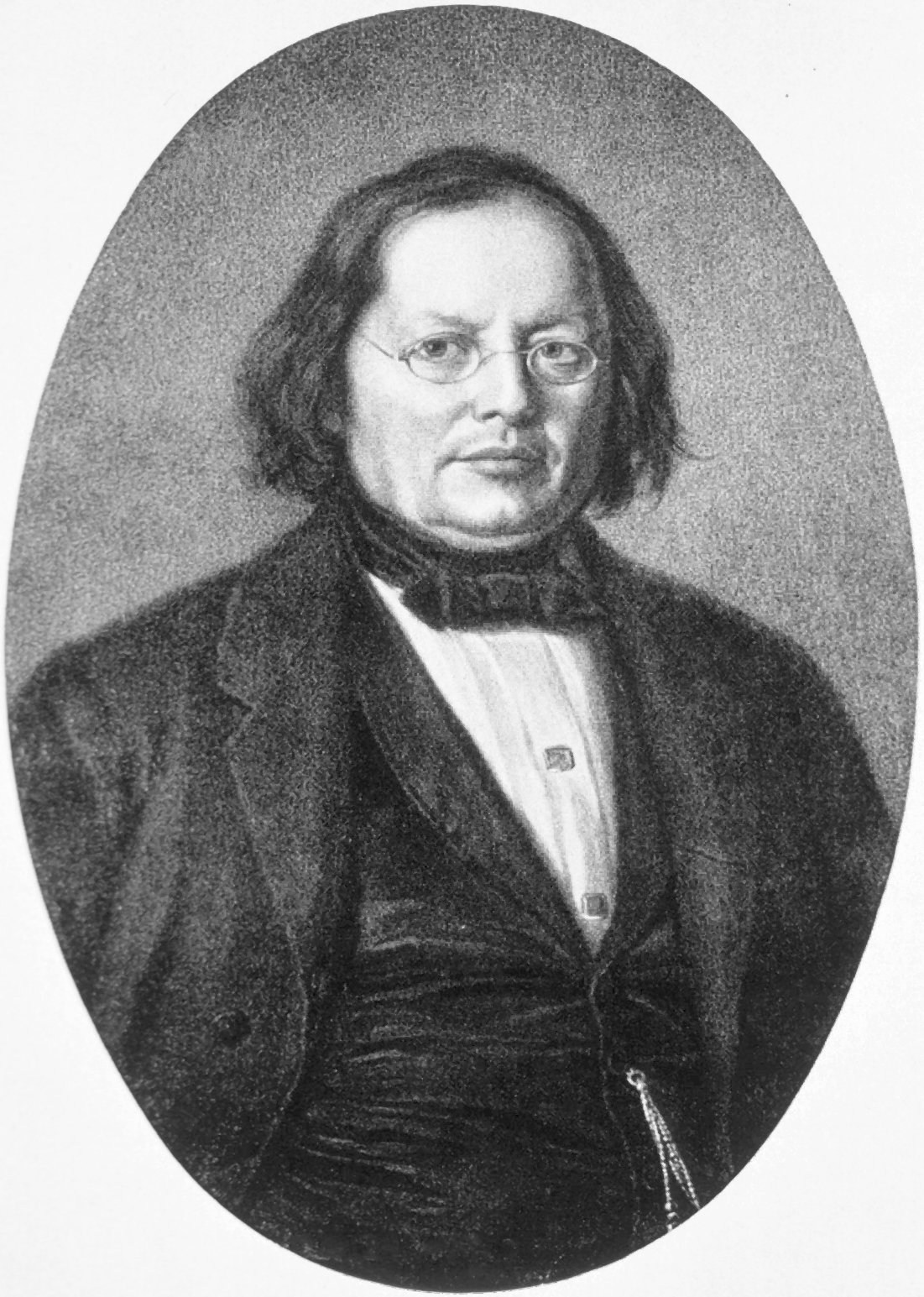
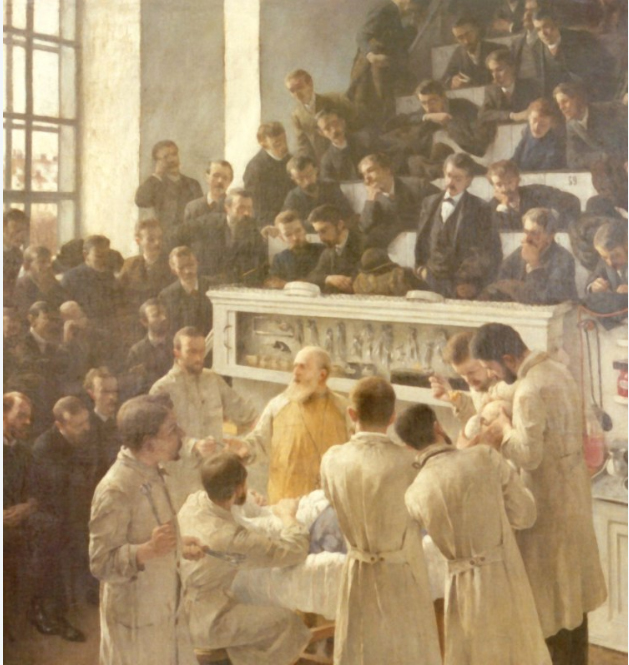
Theodor Billroth (who was the first to perform a successful gastric cancer resection in 1881) is holding a lecture at the so called Second Medical University in Vienna (die Zweite Wiener Medizinische Schule) based on https://geschichte.univie.ac.at/de/artikel/die-zweite-wiener-medizinische-schule
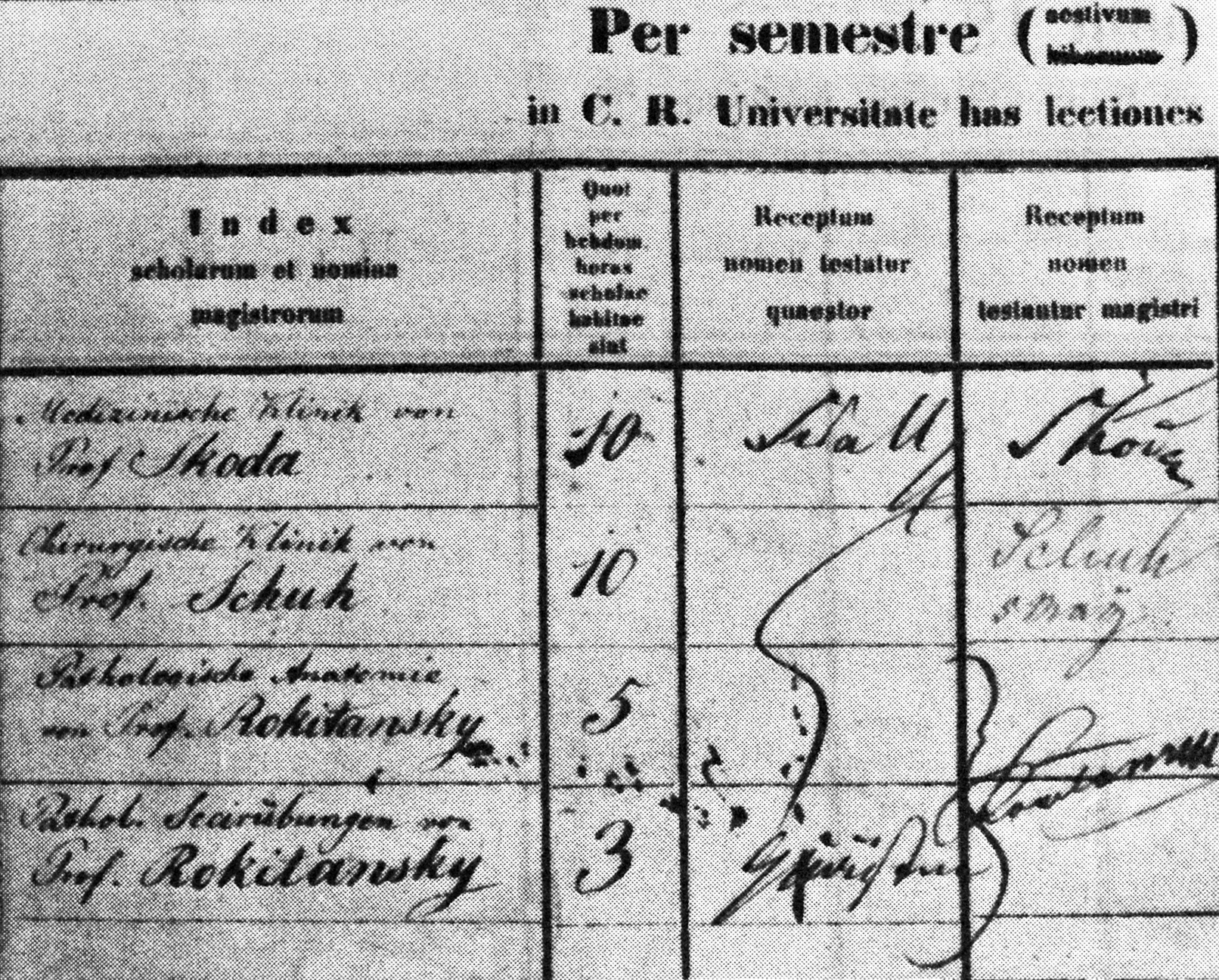
András Jósa, after having been awarded the title of doctor in 1864, worked as an intern doctor in the mental hospital in Döbling, then he became Josef Škoda’s assistant who recommended him to be Queen Elisabeth’s (Sissi’s) doctor.
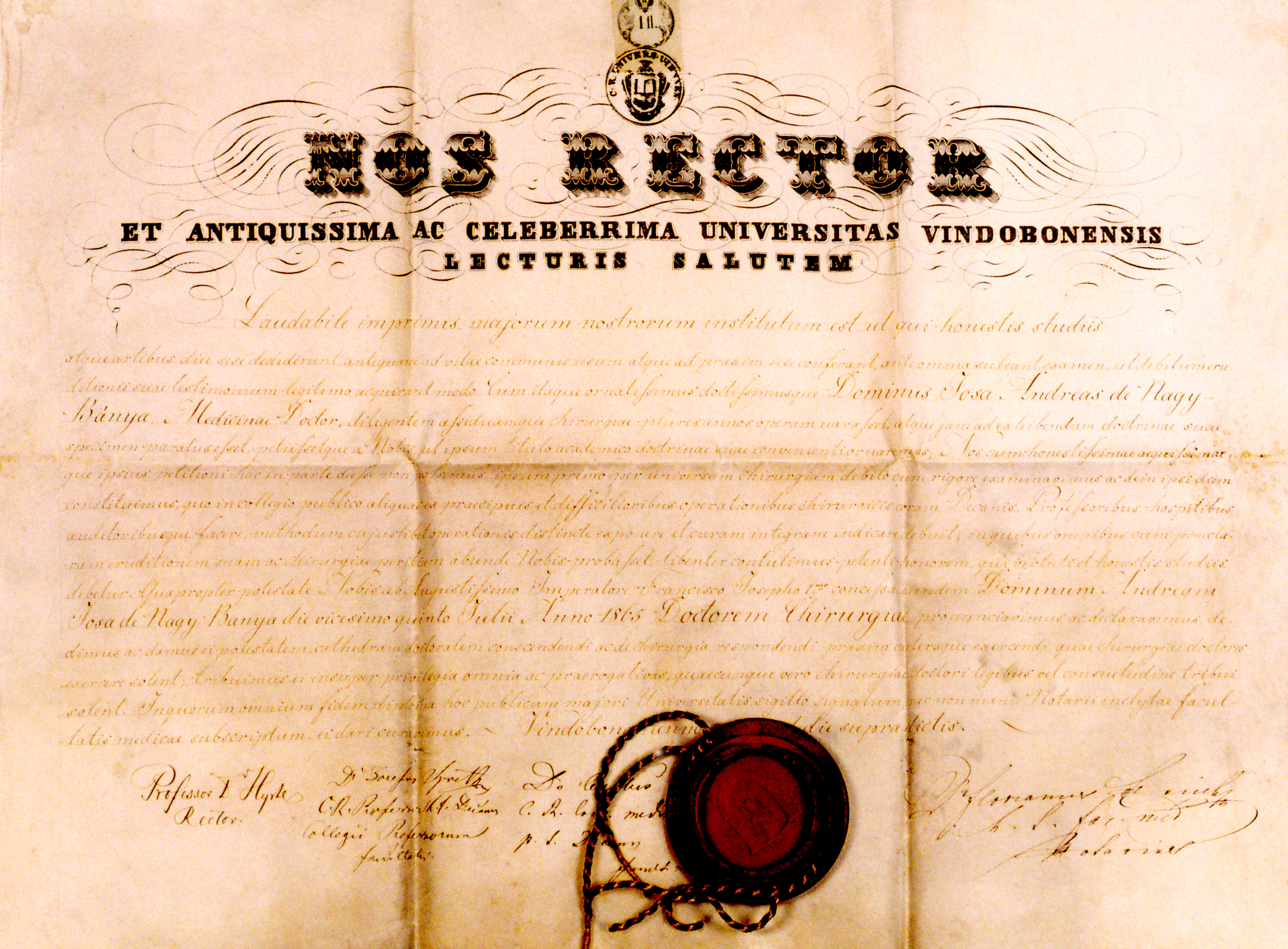
Doctor Jósa, however, rather returned home to Nagykálló, where he took over the small eight-bed emergency hospital, officially called the Society Hospital, founded in 1863 by Frigyes Korányi, who, by that time, was about to move to Pest.
Frigyes Korányi (1827-1913), internist, the founder of the hospital in Nagykálló, in 1861 for a short period he was the chief doctor of Szabolcs County.
About Jósa’s first period doctor János Jakó wrote the following: “In the meantime his private practice was thriving. ’Millions of people’ as he called the multitude of the patients, were crowded around his house. He could not afford to devote more time to his surgery than two occasions a week. On the days when he had his consultation hours the neighbourhood of his house looked like a country fair crowded with trolleys, carts and coaches along the street. He was an early riser and he would continue his consultations till early afternoon without eating and drinking anything. On the other days of the week ‒ if his hospital duties permitted – he was asked to pay visits or was taken to patients by their family members, relatives and doctor colleagues.
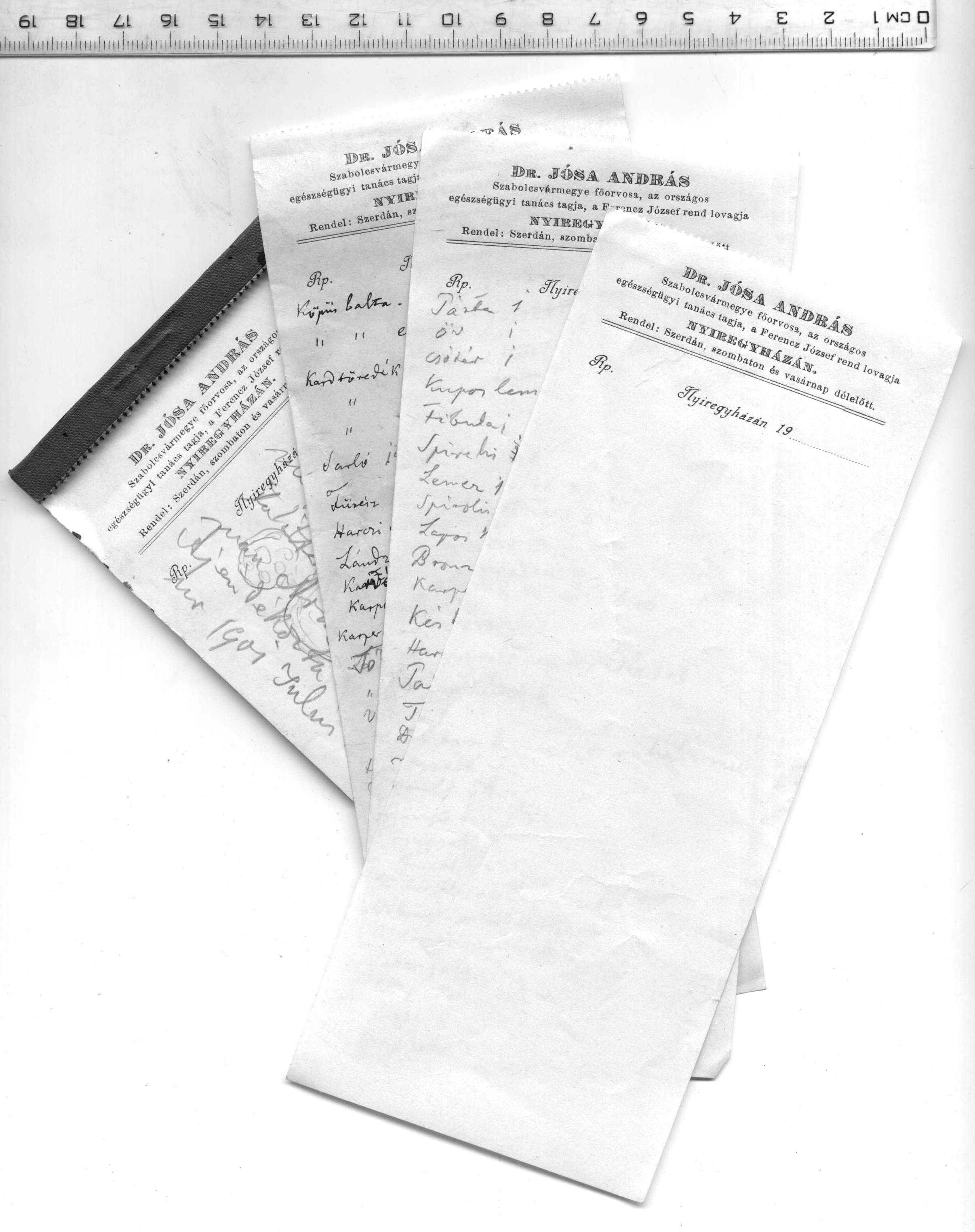
The prescriptions written by Jósa, on which from time to time he made archaeological notes (Jósa András Museum)
Between 1873 and 1883 he was the leading doctor of the county public hospital in Nagykálló. During this period the number of hospital beds increased to 84. He did everything possible to develop the hospital. For years he did not even draw a salary and spent this money to buy instruments and other equipment for the hospital. For eight years he did not accept his salary as a director and spent this amount of money for the benefit of the hospital. After a time, being unable to cope with the work load, he invited his close friend Ferenc Técsy from Vienna to be his colleague for whom he ensured a dwelling place and catering. He founded the Hospital Association and from the member fees and other events he raised money for the development of the hospital. In order to help raising funds he organized county balls and amateur theatrical performances.
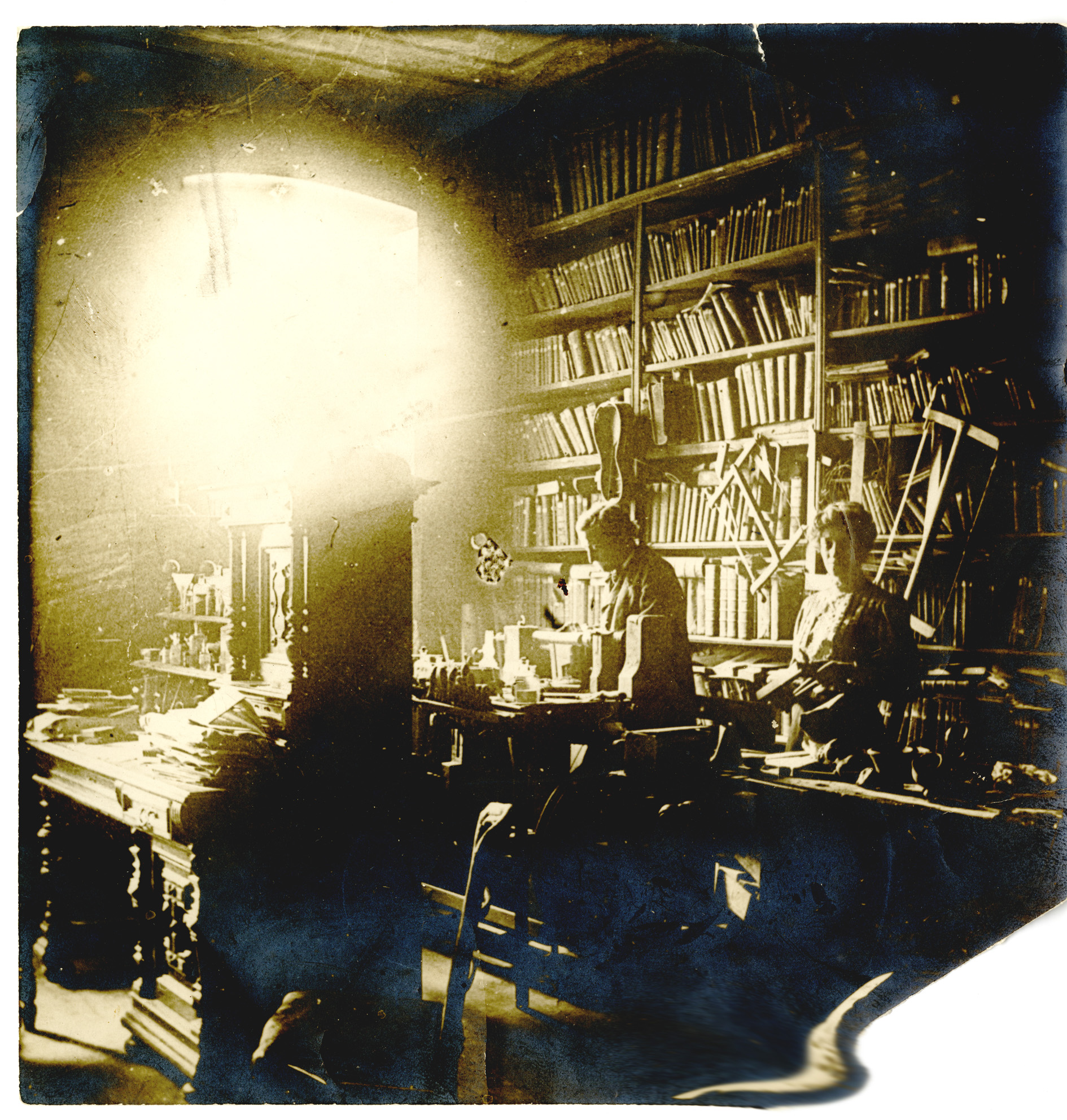
„His surgery offered a spectacular sight and the patients were often amazed to see the different preoccupations the doctor pursued. Strict order never complied with the ever restless nature of Jósa. Those who entered his surgery could see joiner’s planing bench, lathes, pots with glue, firepot jars, different fine tools for turning, different instruments generally designed and made by himself, on the walls there were many saws, in different sizes and small planes for making small, tiny violins, half ready violins, drills and screws.
Telephone coils from the time of the early telephones, dynamo wires, the predecessor of the Edison battery, ordinary lead-plate batteries were seen in different forms. Even an organ was made here. Next to the window, on a pedestal, stood the microscope. In the middle of the room, the table with many drawers, on the top of it many medicine bottles. Next to the desk a long table with shelves with different bottles, burettes and chemicals. Next to the stove the Koch’s sterilizer and other bacteriological instruments were placed. The longer wall of the room was occupied by a bookshelf, filled with books up to the ceiling. In the corner there stood a photo camera and a theodolite with binoculars. On a long table there were skulls and various antiques”. (Csallány Dezső)
Jósa visited famous clinics and trained himself. In 1869 he wrote the following from Berlin:”The instrument that I have developed for the removal of the urinary stones is already being manufactured by the best instrument maker, I can hardly wait to try it myself at home”.
When the news spread that Robert Koch discovered the treatment of tuberculosis in 1891, Jósa was among the firsts to set off to Berlin. On his return he wrote the following: As far as I am concerned, I am willing to use this method only as one component of the treatment, and only when the disease is in his primary stage or not certain.”
The county capital moved from Nagykálló to Nyíregyháza, thus the doctor was also compelled to move to Nyíregyháza. In 1884 a solemn delegation requested him to accept the position of the county chief doctor.
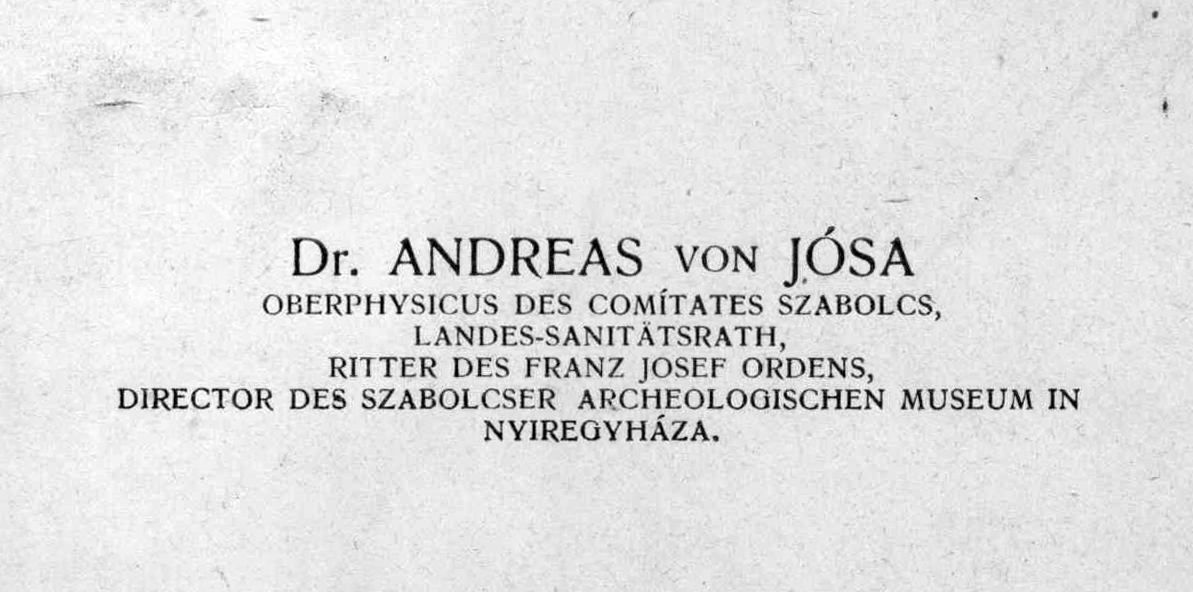
Let us quote doctor János Jakó again: “He introduced keeping evidence of the diseases and death statistics in order to draw conclusions from it. He soon realized that Szabolcs County excelled in the number of births, but with regard to mortality rates it lagged behind compared to other counties. He reorganized the operation of the coroners and tried to base their activity on more reliable and objective criteria. He achieved that the administrative committee should regularly publish a Health Report as an official supplement of the Nyírvidék local paper. In the report published in the December issue of 1890 he wrote the following: „The time has come when it is not enough to acknowledge the often shocking statistical data, but based on them to act in order to improve the conditions in public health.
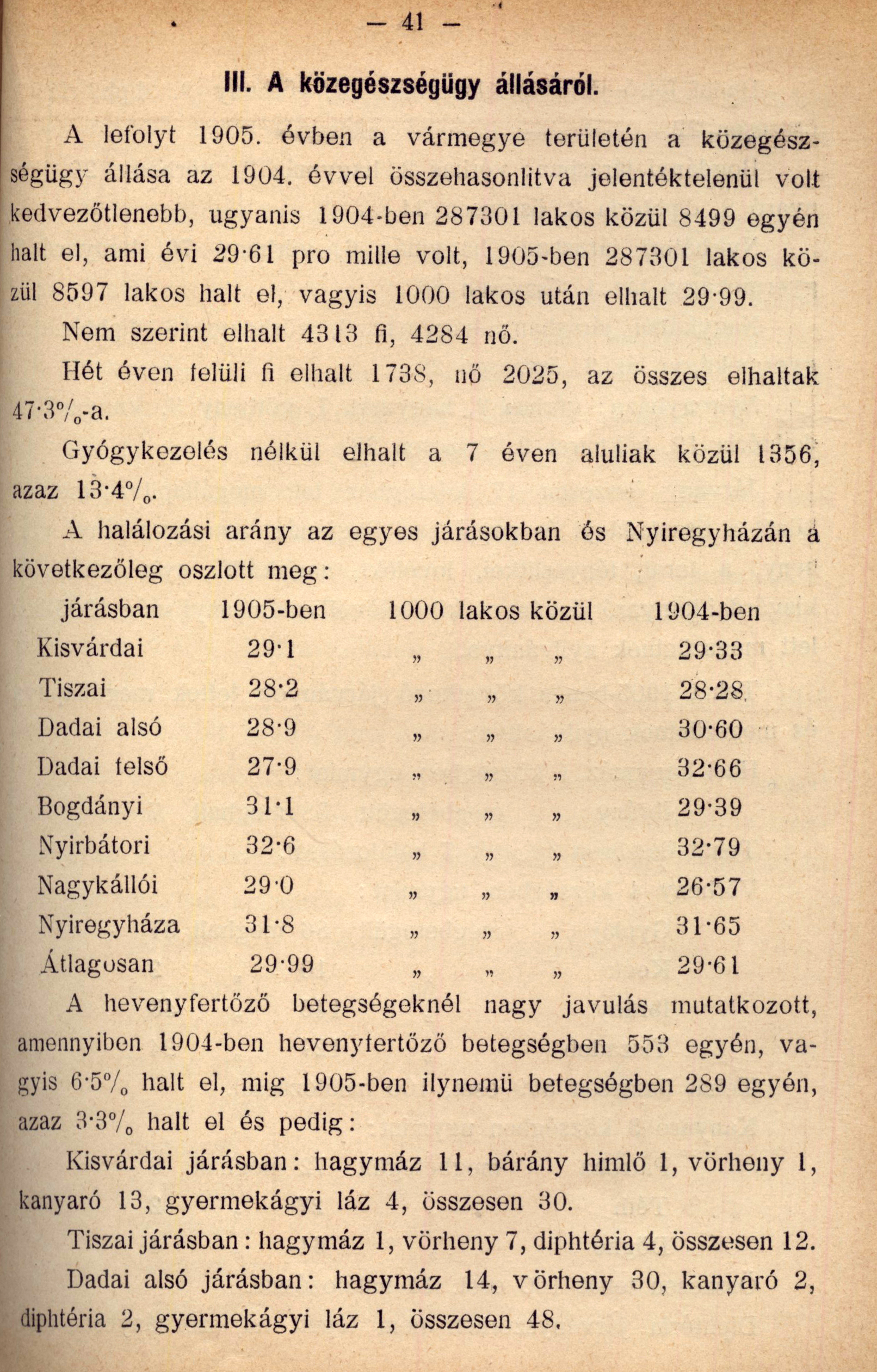
Jósa was often called a magic doctor. His diagnoses and operations brought him good reputation throughout the country. The peak of his career was in 1892 when cholera was brought in Szabolcs county by the rafters coming down the Tisza river from Máramaros. It was due to the strict measures of doctor Jósa that the spread of the cholera epidemic, threatening the whole country, was stopped. For this reason – as he used to mention – he became the warrior of the cholera: he was awarded the Knight’s Cross of the Order of Francis Joseph.
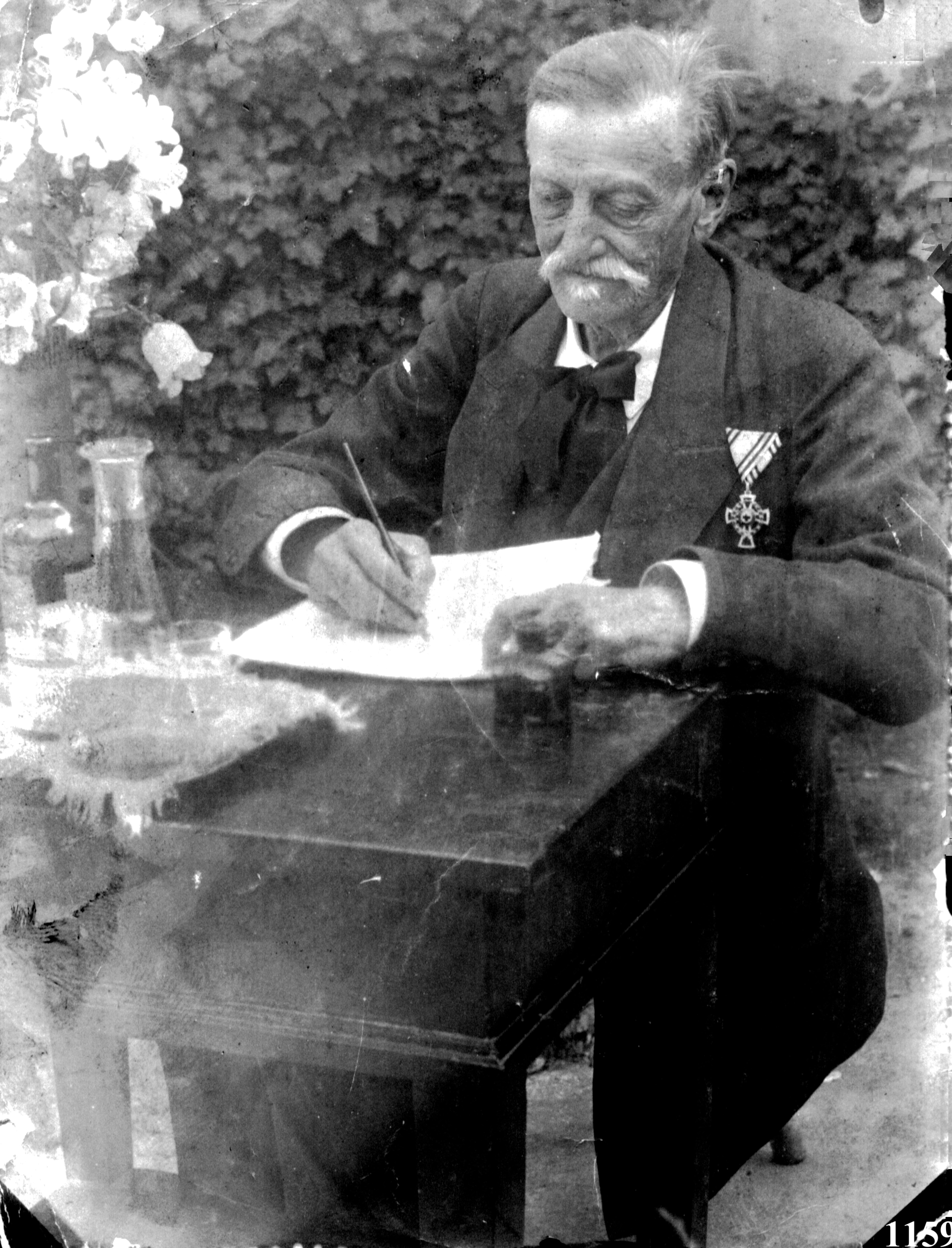
András Jósa died on 6th September 1918. On this occasion Károly Korompay-Klekner, the director of the Erzsébet Public Hospital, in his eulogy stated the following: „You appeared as a comet on the sky of Szabolcs county. But the light you have brought will not dwindle. Your activity has lit torches so that these should provide us light in our path and show the way we should follow in the future….”
